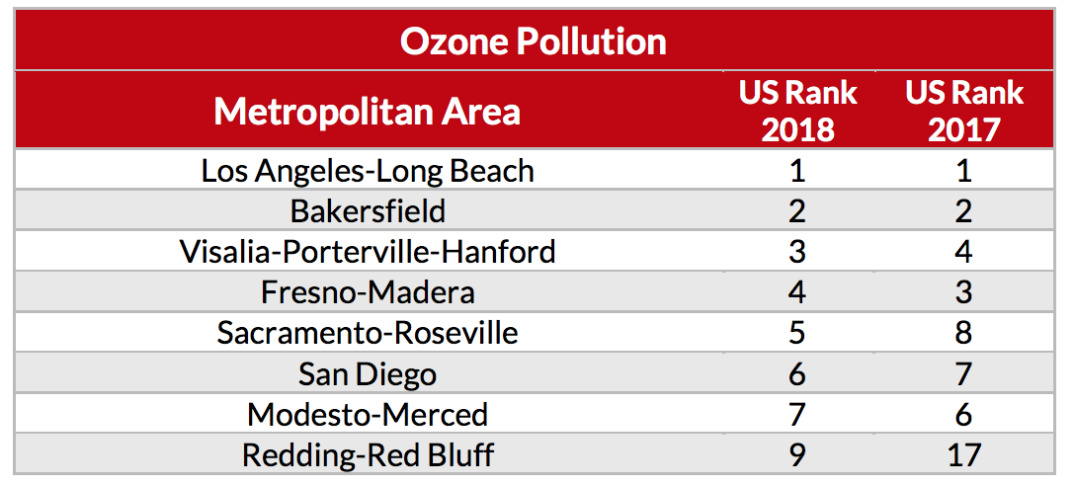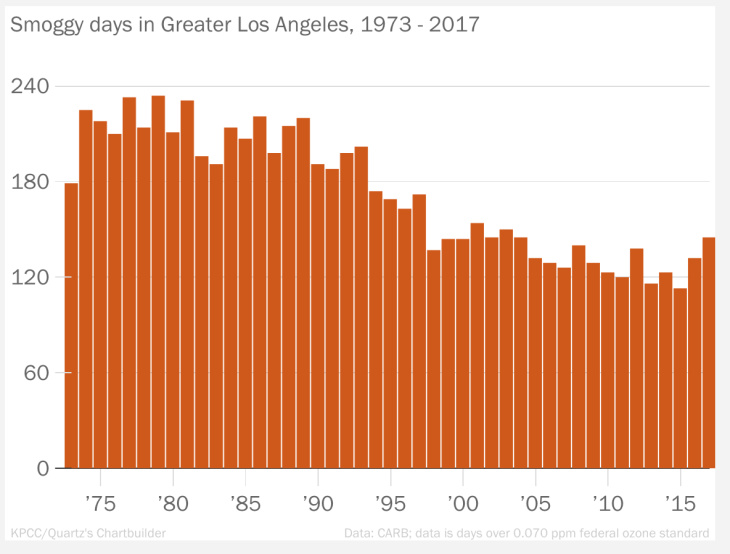
Maybe you can help me??
I just heard a person, on TV, make the argument/discusssion for vechicle emission controls in LA
I am sure most of us who have been to LA experienced the horrendous traffic and on some days the smog is rather strong, at least when we were in LA some yrs ago.
Now this person was not saying carbon was the problem, just vechicle emissions are polluting the air, or indirectly pointing the finger at the internal combustion engine which uses fossil fuel. Now we have come a long way in a short time with emission controls as we use a special component we call Def added to our desiel fuel, car emissions have been reduced and so on.
We discussed various applications of electric powered transportation in a recent post including trains which was a surprise to me, and the fact most [if not all] major car manufacturers are working on a version of electric vechicle, and so on and so on.
Now this person was on the air for only a short time, but his solution was electric power
. If you have ever been in close contact with the exhaust of an internal combustion engine you know the exhaust is not very pleasant
I think we might all agree emissions from internal combustion engines, using fossil fuel, does pollute the air we breath
Now I would think most reasonable people know we don't have the technology to produce all this electric power with alternate sources of energy, plus the infastructure to deliver this electricity where it is needed. Ethanol comes close as ethanol is a means to store solar power
This is the part of the electric power equation that in my mind, the reality fails the test of using electric power to solve our pollution problem
, we still have this problem that only fossil fuel will power the vast majority of our energy needs until we solve some really big problems of an energy source for electric, and then we need to solve the infastructure problem
But I can't see all this electric power thing happening in my life time
People who propose electric to solve our pollution problem are only telling us the obvious while failing to provide a solution unless they are completely dillusional
Am I wrong???
Great topic Wayne!
https://laist.com/2018/10/03/take_a_deep_breath_and_read_about_how_bad_la_smog_really_is.php
WHAT MAKES OUR SMOG SO SPECIAL?
Three reasons.
Once scientists figured out what caused smog, the crackdown began: in 1967, a new state air quality agency, the Air Resources Board, was formed. It enacted tailpipe emissions standards for cars. It required catalytic converters on new models, cleaner gasoline and, at the gas pump, those little rubber boots that trap fumes from the nozzle. In 1984, smog checks began statewide. Other industries had to clean up, too: oil refineries, cement plants, power plants. And as California cleaned up its air, other states and the federal government followed.

BAD NOW VS. BAD THEN
The air is a lot cleaner now. In 2017, we had 145 days of unhealthy air, compared to well over 200 in the late 1980s. And peak smog levels are lower, too: so when it's smoggy, it's not as smoggy as it used to be.
But Los Angeles still has the worst smog in the country, according to the American Lung Association's 2018 State of the Air report. (Again, scientists call smog "ozone." But they're the same thing).

And the past two years have been especially bad: 2017 had a worrying number of days where the smog levels were so high, they were unhealthy for everyone, said Sam Atwood, spokesman for the South Coast Air Quality Management District.
And 2018 had an extremely long stretch of days — 87 in a row — where air quality violated federal standards, although the peak smog levels were lower than last year.